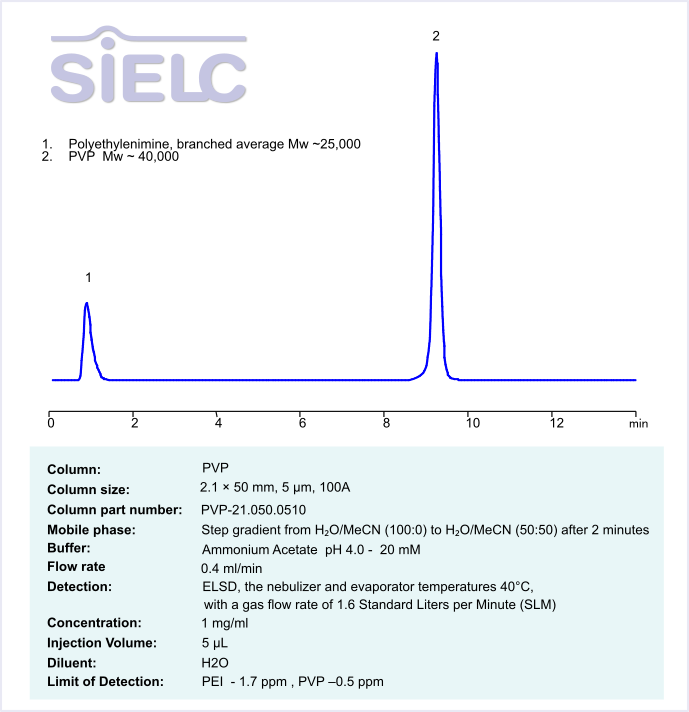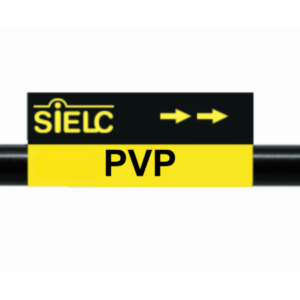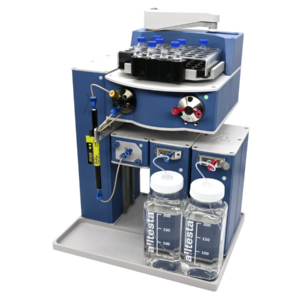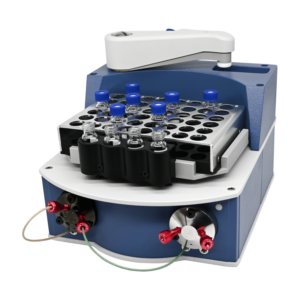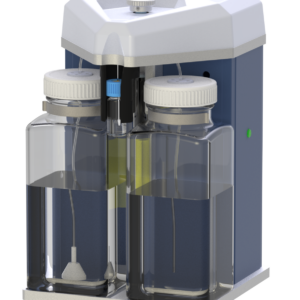HPLC Method for separation PVP, Polyethylenimine PEI on PVP by SIELC Technologies
High Performance Liquid Chromatography (HPLC) Method for Analysis of PVP, Polyethylenimine PEI
PEI: Polyethylenimine
- Structure: Branched or linear polymer made of ethylene imine units.
- Formula: (C2H5N)n(C_2H_5N)_n(C2H5N)n
- Charge: Cationic (positively charged in aqueous solution)
- Properties:
- Highly branched (usually) with a high density of amine groups.
- Strong polycation—used to bind negatively charged molecules like DNA or proteins.
- Applications:
- Gene delivery (non-viral vectors)
- Flocculation in water treatment
- Adhesion promoter
- Antimicrobial coatings
- Paper and textile processing
🧪 PVP: Polyvinylpyrrolidone
- Structure: Linear polymer of N-vinylpyrrolidone
- Formula: (C6H9NO)n(C_6H9NO)_n(C6H9NO)n
- Charge: Nonionic
- Properties:
- Water-soluble
- Biocompatible and inert
- Forms clear solutions
- Applications:
- Pharmaceutical excipient (binder in tablets, stabilizer in suspensions)
- Cosmetic formulations (e.g., hair sprays, lotions)
- Blood plasma volume expander (historically)
- Adhesives, coatings, inks
PVP, Polyethylenimine PEI can be retained and analyzed using the PVP column. The analysis utilizes an step gradient method with a simple mobile phase consisting of water, acetonitrile (MeCN), and ammonium acetate. Detection is performed using ELSD.
| Column | PVP, 2.1 x 50 mm, 5 µm, 100 A, dual ended |
| Mobile Phase | Step gradient MeCN/H2O |
| Buffer | Ammonium Acetate pH 4.0 – 20 mM |
| Flow Rate | 0.2 ml/min |
| Detection | ELSD |
| LOD | PVP 0.5 ppm, PEI 1.7 ppm |
*LOD was determined for this combination of instrument, method, and analyte, and it can vary from one laboratory to another even when the same general type of analysis is being performed.
| Class of Compounds | Polymer |
| Analyzing Compounds | PVP, Polyethylenimine PEI |
Application Column
PVP
Column Diameter: 2.1 mm
Column Length: 50 mm
Particle Size: 5 µm
Pore Size: 100 A
Column options: dual ended
Polyethylenimine PEI

